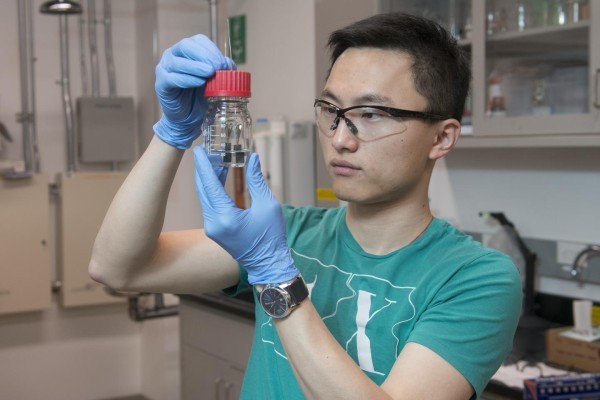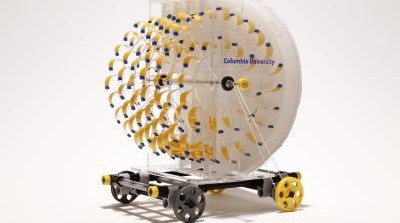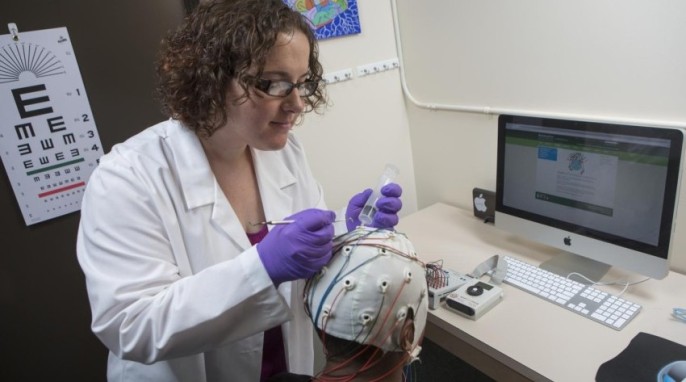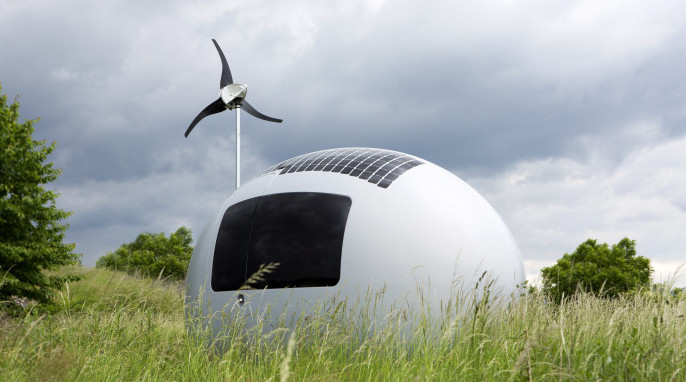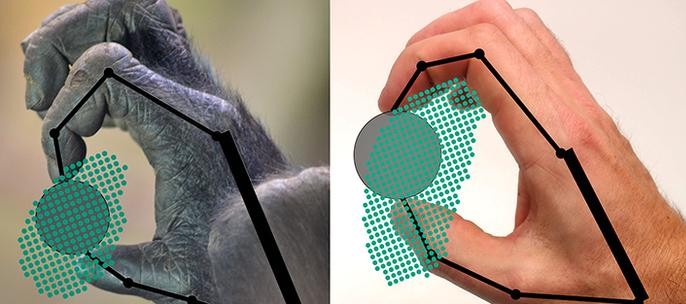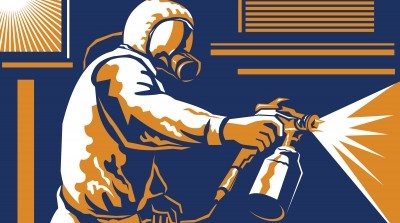Clean Hydrogen Production for 200 Hours
By Kate S. Scientists at Stanford University have just built a low-cost water splitter that uses a single catalyst to produce both hydrogen and oxygen gas. This is an invention that could pave the way for a boom in production of clean-burning cars. The scientists say that their device, which can run nonstop for an unprecedented period of time, could provide a renewable source of clean-burning hydrogen fuel for transportation and industry. The team used lithium-ion battery technology to create one low-cost catalyst that is capable of driving the entire…
Read More
